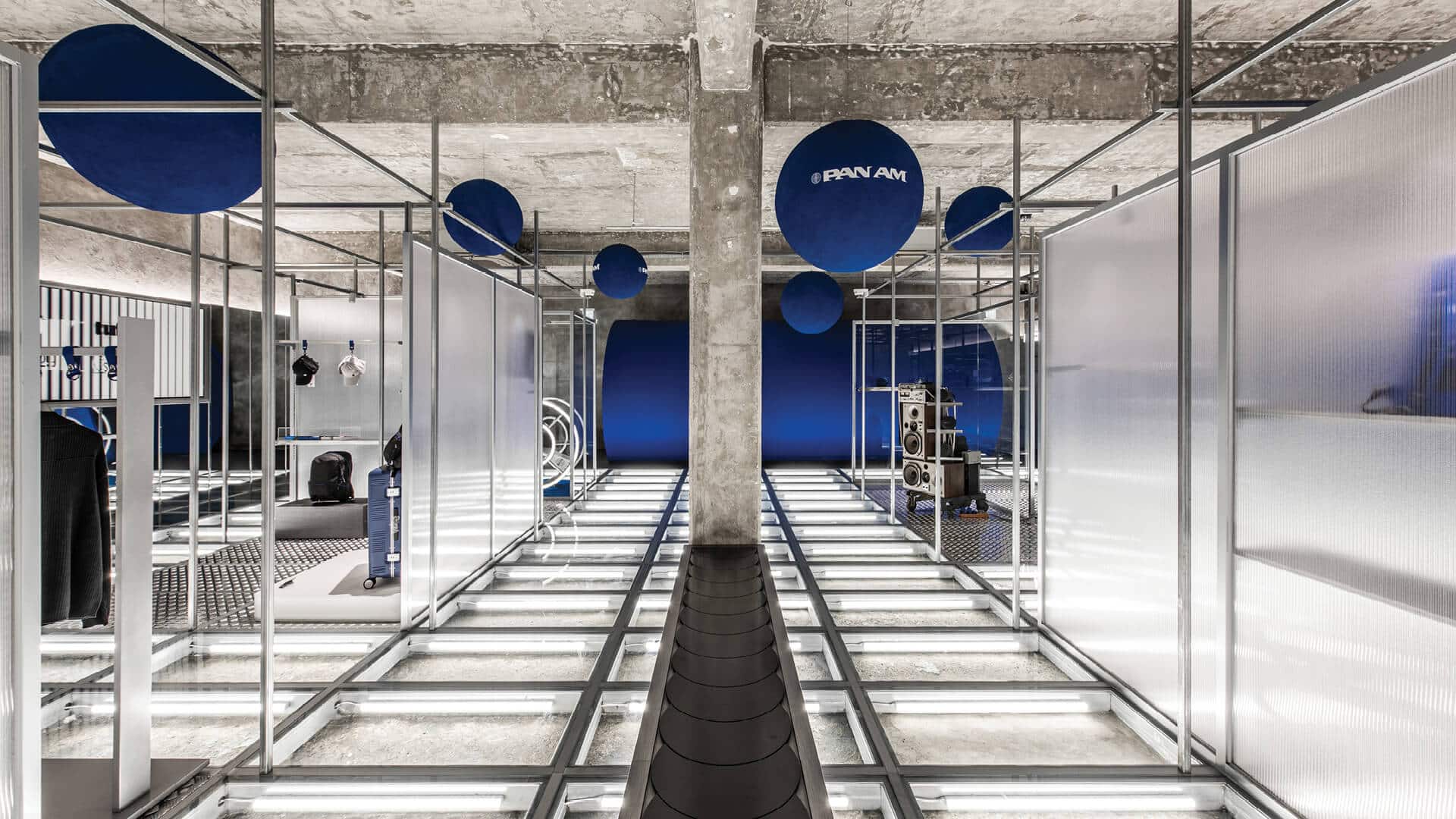In the dynamic world of retail, where competition is fierce and consumer expectations are ever-evolving, the interior of a store plays a pivotal role in attracting and retaining customers. Crafting inviting store interiors goes beyond aesthetics; it involves creating an immersive and memorable shopping environment. In this article, we explore the art and science of transforming retail spaces, focusing on the strategies and elements that contribute to crafting inviting store interiors. Additionally, we delve into the benefits of engaging professionals to design and refurbish shop interiors, ensuring a cohesive and compelling retail atmosphere.
Understanding the Impact of Store Interiors
1. Creating a Lasting First Impression
The moment a potential customer steps into a store, the interior sets the tone for their entire shopping experience. Creating a positive and lasting first impression is crucial in capturing the customer’s attention and curiosity. From the layout to the lighting, every element should work harmoniously to invite exploration.
2. Reflecting Brand Identity
Store interiors serve as a visual representation of a brand’s identity. The colors, materials, and overall design should align with the brand’s ethos and messaging. Consistency in brand representation fosters brand recognition and reinforces the connection between the customer and the brand.
3. Enhancing the Customer Journey
Crafting inviting store interiors involves thoughtful consideration of the customer’s journey within the space. The layout should guide customers seamlessly through different sections, encouraging exploration and discovery. Well-defined pathways and strategically placed displays enhance the overall shopping experience.
Strategies for Crafting Inviting Store Interiors
1. Strategic Lighting Design
Lighting is a powerful tool in shaping the ambiance of a store. Strategic lighting design can highlight specific products, create focal points, and evoke emotions. Natural light, where possible, adds warmth and authenticity, while well-placed artificial lighting enhances visibility and accentuates key areas.
2. Flexible Store Layouts
Adopting a flexible store layout allows retailers to adapt to changing trends and customer preferences. Modular and movable fixtures enable easy reconfiguration of the space, providing the flexibility to showcase new collections or thematic displays. This adaptability keeps the store environment fresh and exciting.
3. Immersive Visual Merchandising
Visual merchandising goes beyond arranging products; it tells a story and creates a visual narrative. Thoughtful placement of products, engaging displays, and thematic arrangements capture the customer’s imagination. Immersive visual merchandising encourages customers to interact with the products on a deeper level.
4. Comfortable and Inviting Seating Areas
Incorporating comfortable seating areas within the store invites customers to linger, enhancing their overall experience. Well-designed seating spaces not only provide a respite for shoppers but also encourage social interaction. This approach creates a relaxed and inviting atmosphere, fostering a sense of community within the store.
5. Sensory Elements for Multisensory Experiences
Engaging multiple senses enriches the shopping experience. Beyond visual appeal, consider incorporating sensory elements such as soothing music, pleasant scents, or tactile displays. Creating multisensory experiences enhances customer engagement and leaves a lasting impression.
6. Innovative Use of Technology
Integrating technology into store interiors can elevate the overall shopping experience. Interactive displays, augmented reality (AR), and digital signage offer innovative ways to engage customers. Implementing technology enhances the store’s modernity and aligns with the preferences of tech-savvy consumers.
Benefits of Professional Design and Refurbishment
Engaging professionals, such as builders in Southend, to design and refurbish shop interiors brings numerous advantages:
1. Expertise in Design Principles
Experienced professionals possess in-depth knowledge of design principles and trends. Their expertise ensures that the store interior is not only visually appealing but also functional and aligned with industry standards.
2. Efficient Space Utilisation
Design professionals excel in optimizing space, ensuring that every inch of the store serves a purpose. Efficient space utilization contributes to a clutter-free environment, facilitating smooth customer navigation.
3. Access to Quality Materials and Finishes
Design and refurbishment professionals have access to a wide range of quality materials and finishes. This access allows them to choose materials that not only enhance the aesthetic appeal of the store but also ensure durability and longevity.
4. Project Management Skills
Handling the design and refurbishment of shop interiors involves coordination with various stakeholders. Design professionals possess strong project management skills, ensuring that the project is executed seamlessly and within the stipulated timeframe.
Case Studies: Successful Store Transformations
1. Luxury Boutique Elegance
A luxury boutique successfully transformed its store by embracing a minimalist design with opulent accents. Soft, ambient lighting highlighted exquisite products and strategically placed mirrors enhanced the sense of spaciousness. The result was a sophisticated and inviting atmosphere that resonated with the brand’s exclusive identity.
2. Tech Retail Innovation Hub
A technology retail store redefined its interiors by integrating interactive displays and a futuristic layout. Customers could experience products firsthand through virtual reality (VR) stations, creating an immersive and educational shopping journey. The store’s innovative approach attracted tech enthusiasts and curious shoppers alike.
Conclusion
Crafting inviting store interiors is an art form that requires a deep understanding of the brand, the target audience, and the ever-changing retail landscape. By strategically considering lighting, layout, merchandising, and technology integration, retailers can create an environment that not only attracts customers but also keeps them coming back for an unforgettable shopping experience. Engaging professionals to design and refurbish shop interiors ensures a cohesive and compelling retail atmosphere, setting the stage for continued success.








